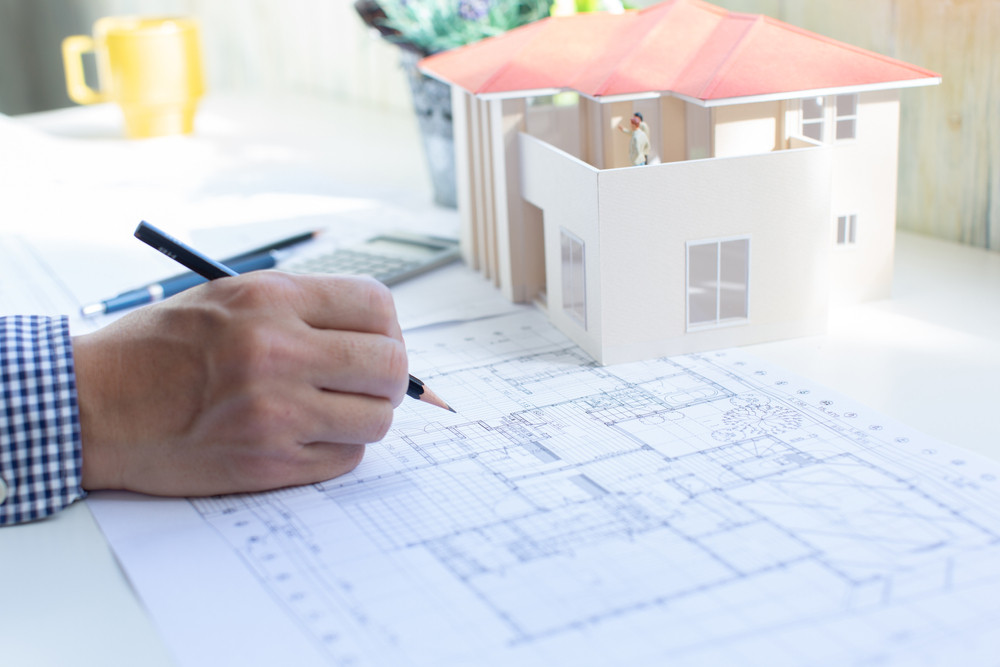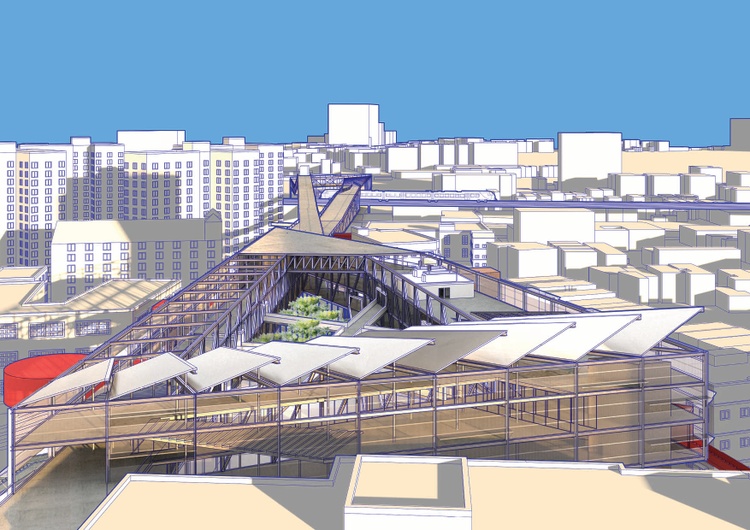The Creative Process Behind Successful Projects from CDA Architects
The Creative Process Behind Successful Projects from CDA Architects
Blog Article
A Comprehensive Summary of Architectural Styles and Their Influence on Modern City Planning and Advancement
Architectural styles have long served as a mirror to the societal worths and technological developments of their time, playing an essential duty in forming modern city preparation and advancement. From the splendour of Neoclassicism to the practical technique of Brutalism, each style has actually introduced one-of-a-kind ideas that influence city aesthetic appeals and functionality.
Historic Overview of Architectural Styles

As cultures transitioned via the Middle Ages, Gothic architecture emerged, characterized by its verticality and detailed describing, mirroring the spiritual goals of the era. The Renaissance noted a resurgence of classic ideals, merging art and style in cutting-edge manner ins which affected subsequent designs throughout Europe.

Today, building styles remain to progress, driven by globalization and sustainability issues, showing a dynamic interaction in between heritage and innovation. This historic overview highlights the value of architecture as a mirror of social advancement and as a catalyst for metropolitan growth.
Trick Architectural Styles Explained
The diversity of architectural designs mirrors the myriad impacts that shape our built atmosphere, each embodying distinct attributes and social values. Key architectural styles include Classic, Gothic, Baroque, Modernism, and Postmodernism, each standing for special historic contexts and visual ideologies.
Classical architecture, rooted in ancient Greece and Rome, emphasizes symmetry, proportion, and making use of columns (cda architects). On the other hand, Gothic architecture, prospering in the center Ages, is characterized by pointed arcs, ribbed safes, and flying buttresses, developing an angelic high quality in basilicas. Baroque design, emerging in the 17th century, is marked by grandeur, elaborate ornamentation, and a dynamic interaction of light and darkness
Innovation, which got momentum in the early 20th century, prioritizes feature over kind, making use of brand-new materials like steel and glass to create minimal frameworks. Postmodernism, responding against the austerity of Modernism, welcomes eclecticism and historic recommendation, typically integrating playful components and paradox.

Influence On Urban Planning
In forming the development of cities, building styles substantially influence metropolitan planning decisions. The selection of architectural style frequently determines the aesthetics, functionality, and general personality of metropolitan settings. Modernism, with its emphasis on minimalism and capability, urges open spaces and the combination of modern technology, shaping city designs that focus on performance and accessibility. On the other hand, typical styles may highlight historic conservation, leading to urban styles that preserve social heritage and advertise pedestrian-friendly settings.
Moreover, building styles can affect zoning guidelines and land utilize policies. Urban planners should think about the prevailing architectural trends when designing districts, ensuring that brand-new growths integrate with existing frameworks. This factor to consider promotes cohesive urban landscapes and enhances community identification.
The execution of certain building styles can also affect socioeconomic variables within a city. Premium contemporary layouts might attract wealthy citizens and companies, leading to gentrification, while more affordable real estate services could focus on practical and lasting designs to suit varied populaces. cda architects. Inevitably, the interaction between architectural styles and urban preparation creates vibrant cities that show both historical context and modern requirements, forming the lived experiences of their occupants
Sustainability and Modern Architecture
Building styles play an essential role in addressing modern challenges, especially in the world of sustainability. As metropolitan locations expand and ecological concerns increase, modern design significantly accepts lasting design principles that focus on power efficiency, resource preservation, and minimal environmental influence.
Contemporary architectural motions, such as biophilic layout and green architecture, supporter for frameworks that harmonize with their surroundings, using all-natural materials and promoting biodiversity. These designs usually incorporate renewable resource resources, such as solar panels click for source and wind turbines, to minimize dependence on fossil gas and lower carbon footprints.
Furthermore, the combination of innovative modern technologies, such as smart building systems, improves energy administration, enhancing source use while making certain occupant comfort. Innovative water management techniques, including rainwater harvesting and greywater recycling, additional add to sustainable metropolitan atmospheres.
Significantly, sustainability prolongs beyond environmental concerns; it encompasses social and financial measurements. By cultivating area wellness and promoting inclusivity, modern architectural designs straighten with lasting advancement goals. The development of helpful resources architectural practices proceeds to shape durable cities that not only meet the needs of the present however likewise secure the future for generations to come.
Neighborhood Interaction in Layout
Community involvement in style works as an important bridge between engineers and the populations they serve, making certain that the developed environment mirrors the requirements and aspirations of its customers. This collective procedure invites community participants to contribute their understandings and preferences, cultivating a sense of possession and responsibility towards the spaces they live in.
Efficient area interaction uses different approaches, such as workshops, surveys, and public discussion forums, to gather varied perspectives. These strategies help with a two-way discussion, allowing designers to recognize regional contexts while encouraging residents to articulate their issues and wishes. This inclusivity not only improves the layout quality however additionally promotes social equity by attending to the unique difficulties encountered by marginalized groups.
Additionally, area engagement can result in cutting-edge solutions that may not arise in a typical design process. By incorporating neighborhood knowledge and cultural values, designers can develop rooms that reverberate more deeply with individuals, improving use and sustainability. Inevitably, prioritizing community engagement in style procedures causes settings that support social interactions, support well-being, and strengthen community ties, thus playing an essential duty fit modern-day city landscapes.
Conclusion
Architectural styles have actually greatly affected modern-day city preparation and growth, mirroring evolving find here cultural and technical contexts. The assimilation of historic visual appeals with contemporary needs fosters urban settings that focus on sustainability and area involvement. As cities remain to grow and adapt, the continuous discussion between architectural heritage and contemporary style principles will certainly continue to be important in creating inclusive, vibrant spaces that boost lifestyle and advertise social equity. The future of urban development joints on this unified balance.
Report this page